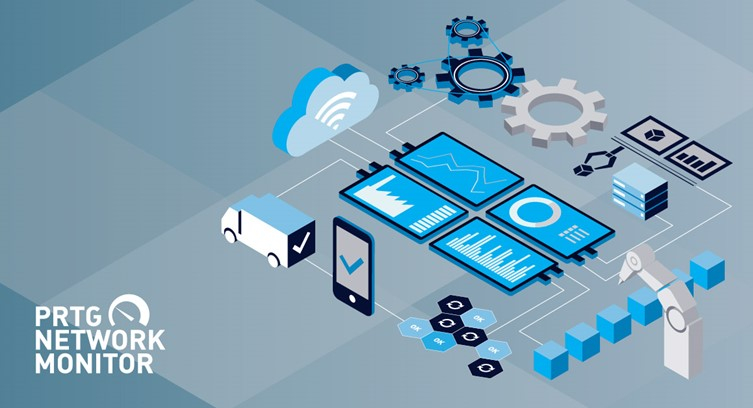As part of the Digital Experience Monitoring - Telco's Next Gamechanger' campaign, The Fast Mode spoke to Thomas Timmermann who is a Senior Market Expert at Paessler on how DEM is shaping enterprise IT monitoring as the adoption of Cloud and SaaS becomes increasingly widespread, and as the 'new normal' introduced by the recent pandemic creates new security vulnerabilities and performance implications. The interview is as follows:
What is the impact of COVID-19 and remote working on Enterprise IT infrastructure monitoring (ITIM), network performance monitoring (NPM) and application performance monitoring (APM)?
The sudden onset of COVID-19 has forced employees to work from home (WFH), and this has created a considerable strain on IT departments and infrastructure. IT infrastructure has been pushed to its operational limit, due to the additional bandwidth and request packet. Enterprises have therefore adopted NPM and APM tools to ensure their IT infrastructure runs smoothly, and provide remote-working IT teams with a holistic overview of the company infrastructure. Such monitoring systems thus help to ensure that the company’s 'digital backbone' runs smoothly to support WFH efforts with minimal disruptions.
How has the growth in IoT, namely large scale deployment of connected 'things' in sectors such as manufacturing, utility, logistics and energy, impacted enterprise asset monitoring?
Due to its highly digitised nature, Industry 4.0 and Internet of Things (IoT) will rely heavily on computers systems and their related components. Large-scale industries with a high degree of automation like manufacturing, logistics, utility and energy will see NPM/APM play an even more important role, moving forward, due to the myriad of sensors and computers system that needs to be monitored to ensure peak performance efficiency. We anticipate that NPM/APM will be compulsory and an industry norm over time.


Thomas Timmermann, Senior Market Expert, Paessler
How does the Enterprise shift to Cloud and SaaS applications change existing ITIM, NPM and APM practices?
Most enterprises do not process a 100% shift to cloud and cloud based services. Usually these new technologies do not replace the IT teams’ tasks, but come on top creating a hybrid environment. Therefore, it is important to use ITIM, NPM and APM solutions offering both, monitoring of classic, on premises infrastructures, applications and networks, as well as cloud services such as AWS, Azure, Microsoft 365 and others. Only such a holistic overview can ensure a successful integration of cloud services into an existing IT setup.
How does ITIM, NPM and APM measure and monitor end user experience, including the experience of remote employees?
Monitoring end user experience includes infrastructure and endpoint monitoring to ensure availability of devices and standard applications, network performance monitoring and traffic analysis to control data transport and also application performance monitoring using methods like synthetic monitoring, means using scripts to simulate user transactions. Only the combination of all these methods can uncover issues and identify the root cause for those issues and so enable IT teams to solve those issues before they become problems.
What are your market predictions for end-to-end IT monitoring for enterprises embracing digitalisation?
We see a strong need for broadly featured tools giving an overview about all areas, from ITIM over NPM to APM with a strong focus on usability. Regarding digitalisation it is important that these overview solutions support protocols and methods to integrate devices and infrastructures from different fields of digitalisation. In hospitals DICOM and HL7 are requested to integrate medical infrastructures, in IIoT or manufacturing OPC UA or Modbus play a vital role and in the IoT world MQTT and APIs are the main methods for integrating with IT environments.






















